Beardedbeginner
TPF Noob!
- Joined
- Sep 14, 2015
- Messages
- 4
- Reaction score
- 0
- Can others edit my Photos
- Photos OK to edit
Currently using a Samsung NX1100 20-50mm lens. I'm undecided on either selling it and buying either a Canon or Nikon? It keep it and buy one of them anyway, will I still need my NX11 for anything with either option or will it be a waste of space?
Any advice? Which is a good Canon or Nikon for not a monster price tag?
Thanks in advance
Any advice? Which is a good Canon or Nikon for not a monster price tag?
Thanks in advance



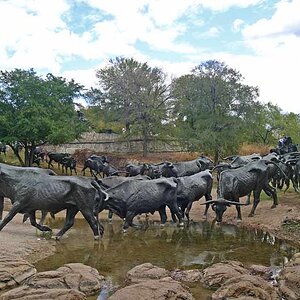
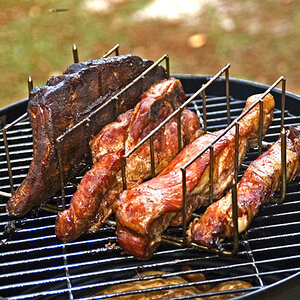

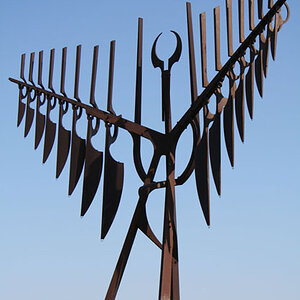
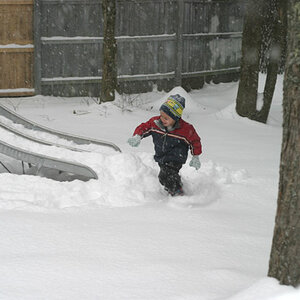

![[No title]](/data/xfmg/thumbnail/33/33342-79274d7e5cdf3e52939255e1cd89f2d0.jpg?1619735911)
![[No title]](/data/xfmg/thumbnail/33/33341-3a6934b6cdb015b5acf31087acdcd278.jpg?1619735910)
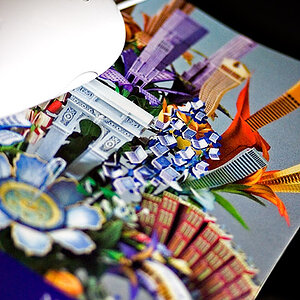
![[No title]](/data/xfmg/thumbnail/32/32933-a3726bc86a7c36fb222612f8aeab6b84.jpg?1619735763)